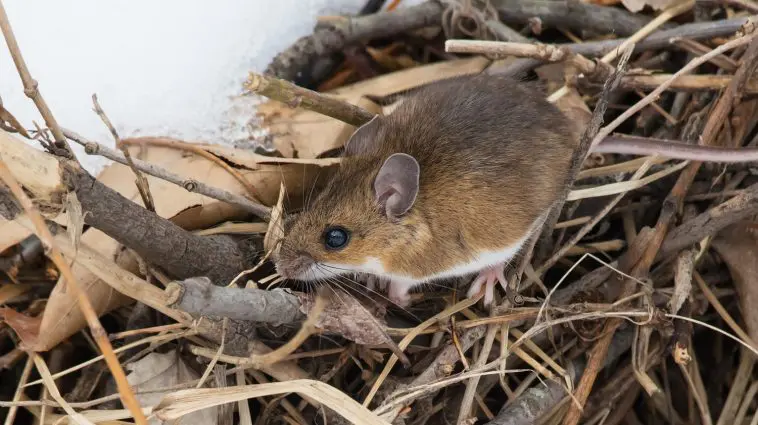[Originally published as Examples of Evolution Debunked Pt3]
We are continuing our series debunking supposed examples of evolution featured in an online list that contains outright lies, misrepresentations, and other nonsense, but no evolution at least on the necessary scale. For a reminder of the dishonest, see the previous post in this series. If you want to brush up on the meanings of the words, adaptation, micro and macroevolution, and speciation, check out the first part. Remember to watch for subtle equivocations on word meanings on the evolutionists’ list. With that in mind, let’s dive in.
Warrior Ants
These ants have a cool little adaptation to distinguish among rival ant colonies. Ants can tell friend from foe using special chemicals called pheromones. Ants can discern just by sensing the pheromones whether the nearby ant is a friend from their colony or an enemy from a rival colony.
When an ant colony is invaded by rivals, the workers will scramble to the defense in a bitter, bloody battle to the death. However, some ants have learned to mimic a rival colony’s scent so that they can invade unnoticed. This keeps the workers from assembling to fight them off and helps insure that the invaders win the day.
While these behaviors are fascinating, they can only be called “evolution” in the sense of change over time. Neither the pheromone signaling nor its mimic can explain the diversity of life on earth. In fact, if learning is equivalent to evolving, then I evolved simply by learning about these ants. But I’m still human, my hair didn’t change color, my skin still looks the same, I didn’t even get a new mutation! I trust you can see the absurdity of this position.
Deer Mice
According to the evolutionist’s page, deer mice that live in woods have a darker coloration that helps them blend in against the forest floor, while deer mice that live in the desert have a lighter hue that allows them to hide more easily against the sand. Here is another example of equivocation.
The process of natural selection did act on these deer mouse populations. Sandy colored mice fared better in the sand of the desert, and darker mice fared better in the undergrowth of the forest. Over time, those traits came to dominate those areas. But that is not evolution!
The genes controlling coat color were already present in the population. Natural selection simply acted on existing variation to fit organisms to their environment. No new information entered the genome, and, depending on what the original population looked like, there may not have even been a mutation.
Nylon-Eating Bacteria
This one is a commonly cited example. Evolutionists claim that a particular type of bacteria was discovered that, when grown on normally indigestible nylon, adapted to feed on the nylon. They claim this is evidence of evolution in action.
There is just one problem with this analysis. Nylon was not invented until 1935. The nylon-eating bacteria were described in the late 1800s. It has changed very little since its description. Further, the gene that purportedly mutated to permit the metabolization of nylon already had basic nylon metabolizing abilities. So this mutation has accomplished nothing novel; it has simply augmented something that already existed at the expense of something else. Not evolution by a long shot.
Regressive Evolution
This one is really stretching the definitions. Apparently, evolution can account for both the gain of new traits and the loss of old ones. This is perilously close to the discredited law of use/disuse promoted by Lamarck. Further, the loss of traits, or even “vestiges” of old traits that are left over, is not evolution anyway! For evolution to occur, you need new things, not the loss of old things. Loss of old things happens all the time. Men go bald all the time. Is that evolution? Obviously not. Yet that is the line of logic being employed here.
Lizard size
This example does not provide much information. All the website says is that, when natural predators were removed, larger lizards predominated because they had better access to food. I fail to see how this exemplifies any form of evolution.
Without predators, lizards grow larger because they don’t need to hide from predators and they don’t need to compete with those predators for food. And this proves evolution how?
Again, this is a slight change over time, but change over time is not evolution in the sense that gets us from molecules to man. It’s utter rubbish to claim that variation in sizes in the same species of lizard is evidence of evolution.






